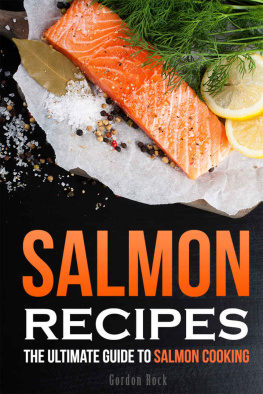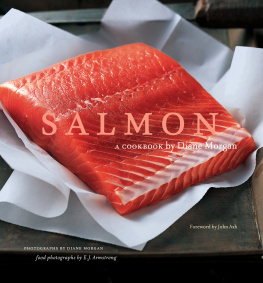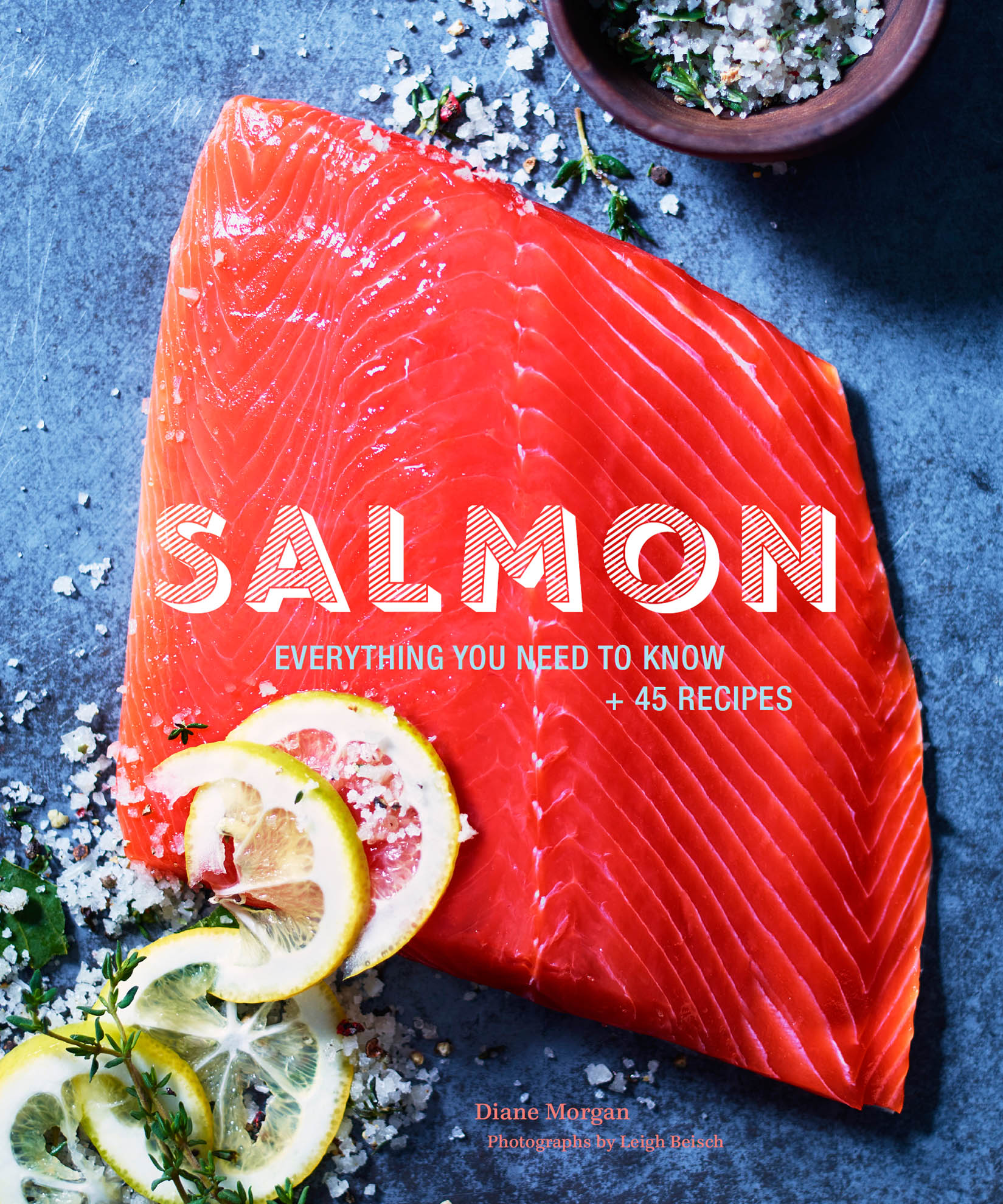


This book is dedicated to those who work hard to preserve wild salmon stocks and their habitat.
Text copyright 2016 by Diane Morgan.
Photographs copyright 2016 by Leigh Beisch.
All rights reserved. No part of this book may be reproduced in
any form without written permission from the publisher.
ISBN 978-1-4521-4850-2 (epub, mobi)
Library of Congress Cataloging-in-Publication Data available.
ISBN 978-1-4521-4835-9 (pb)
Designed by Alice Chau
Food styling by Dan Becker
Prop styling by Ethel Brennan
The photographer wishes to thank Diane Morgan for writing wonderful recipes and for thinking of us for this book; and thank you to Alice Chau for also thinking of us for this project and being so supportive of the creative process.
Chronicle books and gifts are available at special quantity discounts to corporations, professional associations, literacy programs, and other organizations. For details and discount information, please contact our premiums department at or at 1-800-759-0190.
Chronicle Books LLC
680 Second Street
San Francisco, California 94107
www.chroniclebooks.com
INTRODUCTION
Eating with the fullest pleasurepleasure, that is, that does not depend on ignoranceis perhaps the profoundest enactment of our connection with the world. In this pleasure we experience and celebrate our dependence and our gratitude, for we are living from mystery, from creatures we did not make and powers we cannot comprehend.
Wendell Berry
My first salmon cookbook was published in the spring of 2005. Two years earlier, with my book proposal accepted and a signed contract and an advance in hand, I decided it was important to travel in order to research salmon. My idea was to obtain a global perspective on the salmon industryboth farmed and wildso I booked tickets to Norway, Scotland, and Alaska. I took along my husband, Greg, to serve as my logistics person, freeing me to study and take notes, and to make sure I didnt get lost, which Im good at doing.
Norway is the birthplace of salmon aquaculture, so it made sense to travel there first. We visited the Norwegian Wild Salmon Centre (Norsk Villakssenter), on the banks of the Laerdalselvi, the longest river in Norway and the most famous salmon watercourse in the country. Opened by His Majesty King Harald on June 15, 1996, the Centre is dedicated to the preservation of wild salmon in Norway and offers extensive historical, scientific, and cultural exhibits for visitors. The Atlantic salmon stocks, severely depleted in the region due to overfishing, destruction of habitat, and the disease and inbreeding caused by farmed salmon, were the focus of scientists and conservationists working together to bring public awareness to these issues. It was there that I gained insights into the life and legends of Atlantic salmon and learned what Norway and the European Union were doing to protect, manage, and sustain the dwindling number of wild Atlantic salmon.
In Scotland, we visited an organic salmon farm within the Scottish Salmon Producers Organisation, a trade association whose members are responsible for representing the industry in political, regulatory, technical, and media issues. The salmon farm, located near Ullapool on the far northwest coast of the Scottish Highlands, was established in 1977 and is the oldest independent fully integrated salmon farm in Scotland. The farm handles all stages of the production process, from egg to the initial processing of salmon fillets. To have a firsthand look at the farming operation, Greg and I were fitted with float suits and boated out to the net pens that were nestled in a protected sea loch. Not only was this a second-generation, family-run business but all of the employees we met were invested in the preservation of the environment and the care of the fish. They had grown up there, they were raising their children there, and they were feeding the salmon to their families.
The opportunity to see a best practices salmon farm was valuable and also hopeful, because the only salmon sold commercially throughout Europe are farmed salmon, and they typically come from a handful of large multinational corporations who control the aquaculture industry. There are important differences between salmon raised organically and salmon raised conventionally: Pen density is much lower for organically raised salmon, which optimizes the health and well-being of the fish. This lower density leads to less pollution of the seabed from undigested feed and feces, though this claim is being disputed. And new since 2010, all fish meal and oil used in organic farms must come from waste products of fisheries independently recognized as sustainable by the nonprofit Marine Stewardship Council (MSC), which operates a widely respected certification program.
In mid-May 2003, Greg and I visited Cordova, Alaska, shortly after the start of the salmon season for commercial fishermen. We spent time on an independent commercial salmon boat observing how sockeye and king salmon are caught by drift gill nets, the method of fishing used on the shallow channels of the Copper River Delta. Salmon fishing in Alaska is tightly regulated and managed for sustainability by the Alaska Department of Fish and Game, which is why Alaska is the global leader in the preservation of wild salmon stocks.

Now, more than ten years after I researched and wrote my first salmon cookbook, I have been given the opportunity to write this new cookbookto develop new recipes, revisit and update some readers favorites, and once again focus deeply on the issues and challenges of both wild and farmed salmon. The reality, however, is that I never stopped watching the salmon industry. When Salmon: A Cookbook was published in 2005, I set up a Google alert on my computer so I could zero in on news articles covering farmed and wild salmon. I wanted to keep current with the science of aquaculture, the threats to wild salmon stocks and our oceans, the latest medical studies on the dietary benefits of omega-3 fatty acids, and how the marketplace for both wild and farmed salmon was evolving. In of this new book, I focus on the changes and advancements that have occurred in these areas over the past decade and also look at emerging topics, such as closed-containment salmon farming.
No matter how enticing the recipes and photographs might be, I encourage you to read pork, it had never occurred to me to brine salmon. Try it. The difference in taste and moistness is remarkable and well worth the very easy extra step.
, nearly every conceivable way to cook salmon on top of the stove appears: pan searing, braising, poaching, stove-top grilling, smoking, and stir-frying.
turns up the heat with salmon in the oven. The recipes feature slow cooking, roasting, baking in parchment, broiling, searing in a cast-iron frying pan on the stove top followed by a high-heat finish in the oven, and even a low-tech sous-vide method. The latter is one modernist technique I am delighted to present.
In , youll need to fire up the grill. I have included recipes for a whole fish stuffed with aromatics, for using an alder plank for a wood-scented fillet that is a classic of the Pacific Northwest, and for wrapping fillets in cedar sheets for a Japanese-style presentation or in banana leaves for a Southeast Asianinspired treat. Youll also discover salmon cubed and threaded onto skewers, formed into burgers, and cut into strips for tacosall of them among my familys favorite summertime dishes. Here, as in every recipe chapter, my goal is to help you build skills to achieve perfectly cooked salmon. With techniques mastered, the fun of improvising can begin.
Next page

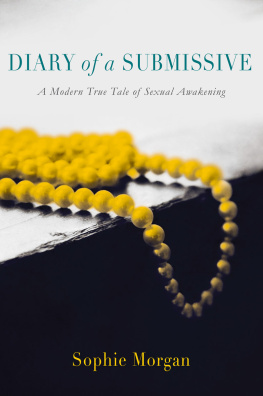



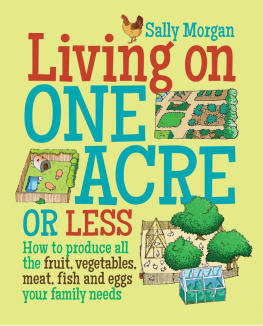
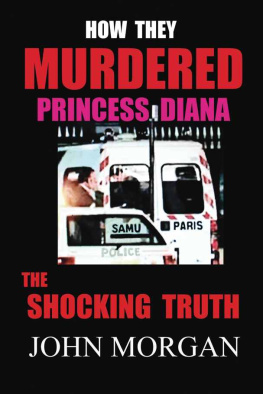
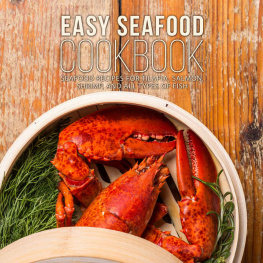
![Mila Mason - Salmon 365: Enjoy 365 Days With Amazing Salmon Recipes In Your Own Salmon Cookbook! (Best Seafood Cookbook, Seafood Soup Cookbook, Seafood Cookbook For Beginners, Grilled Seafood Cookbook) [Book 1]](/uploads/posts/book/288400/thumbs/mila-mason-salmon-365-enjoy-365-days-with.jpg)


